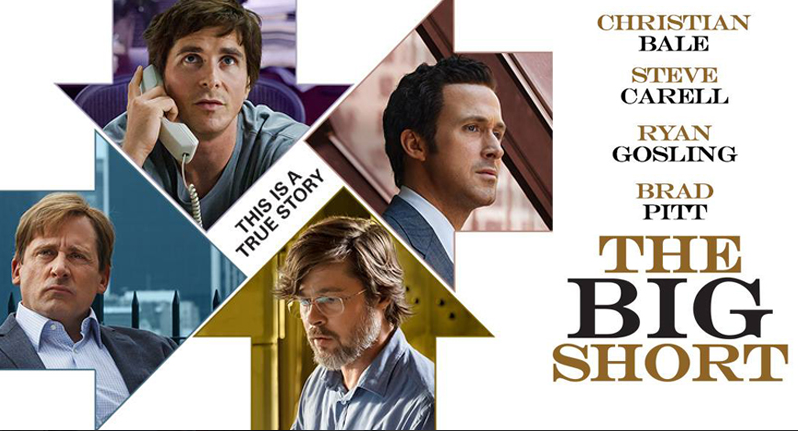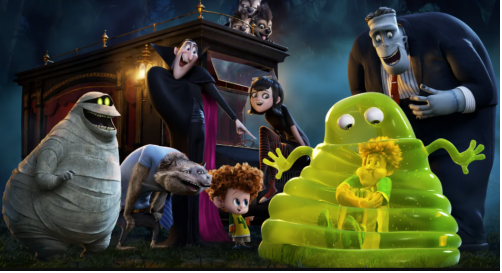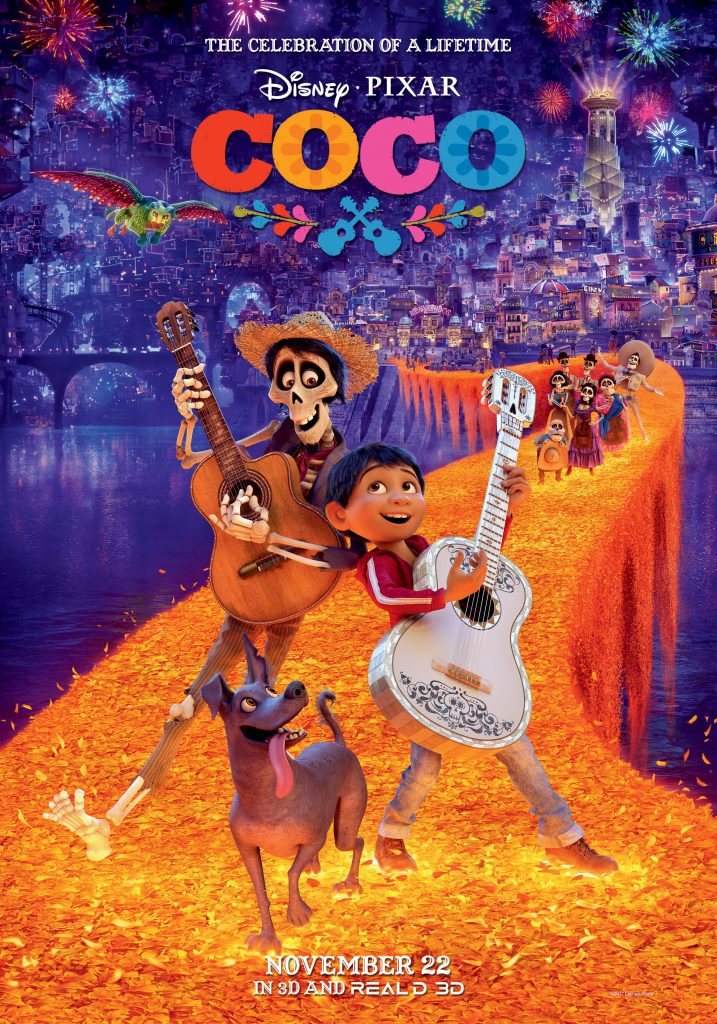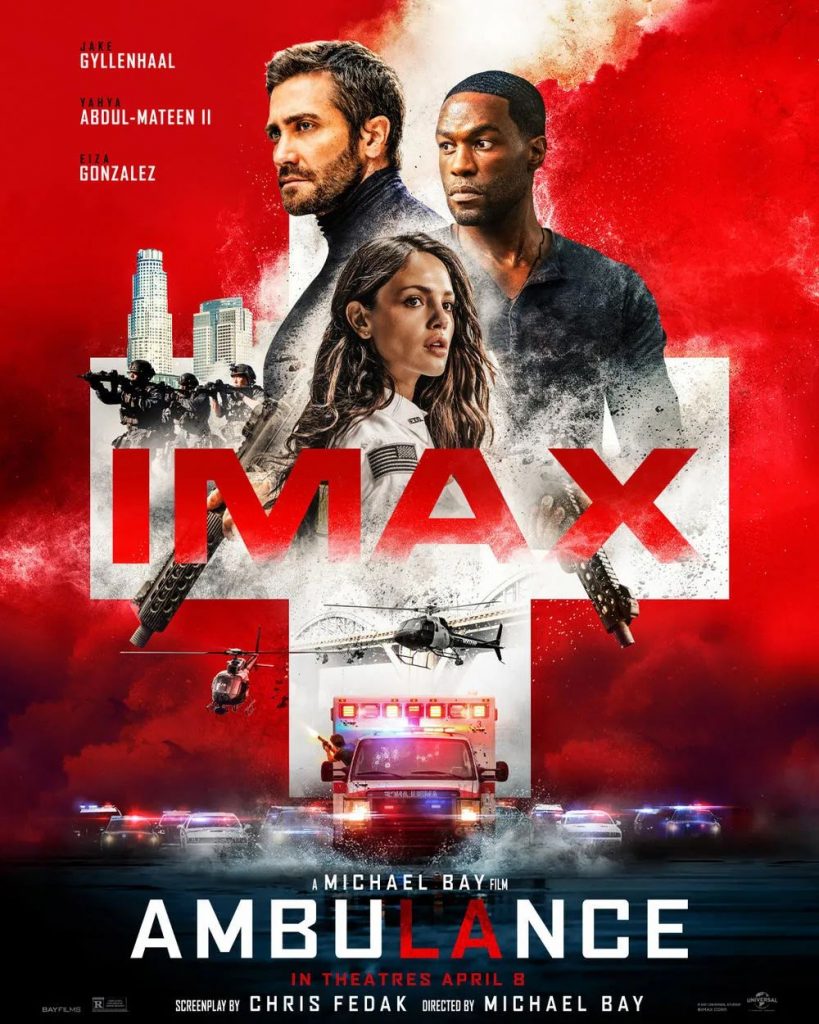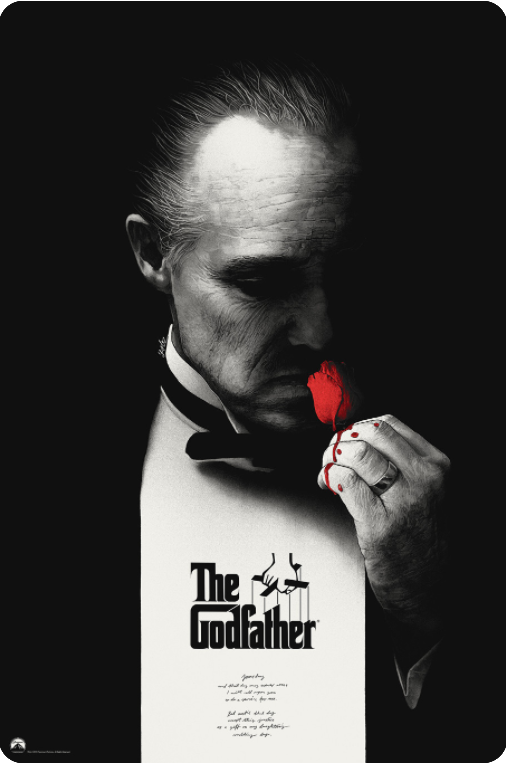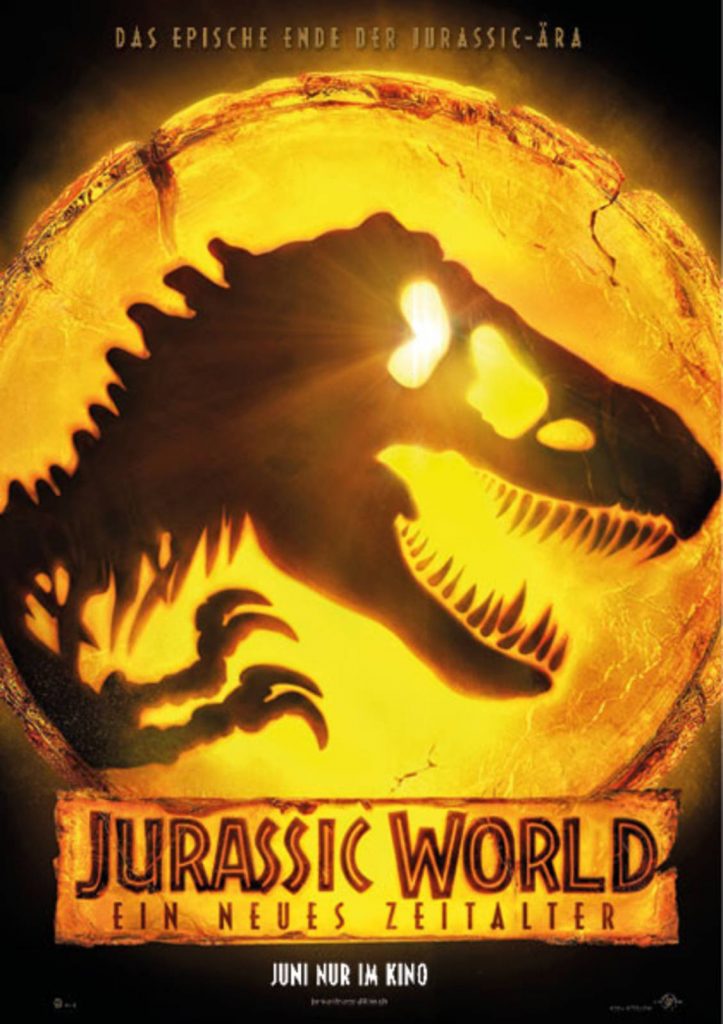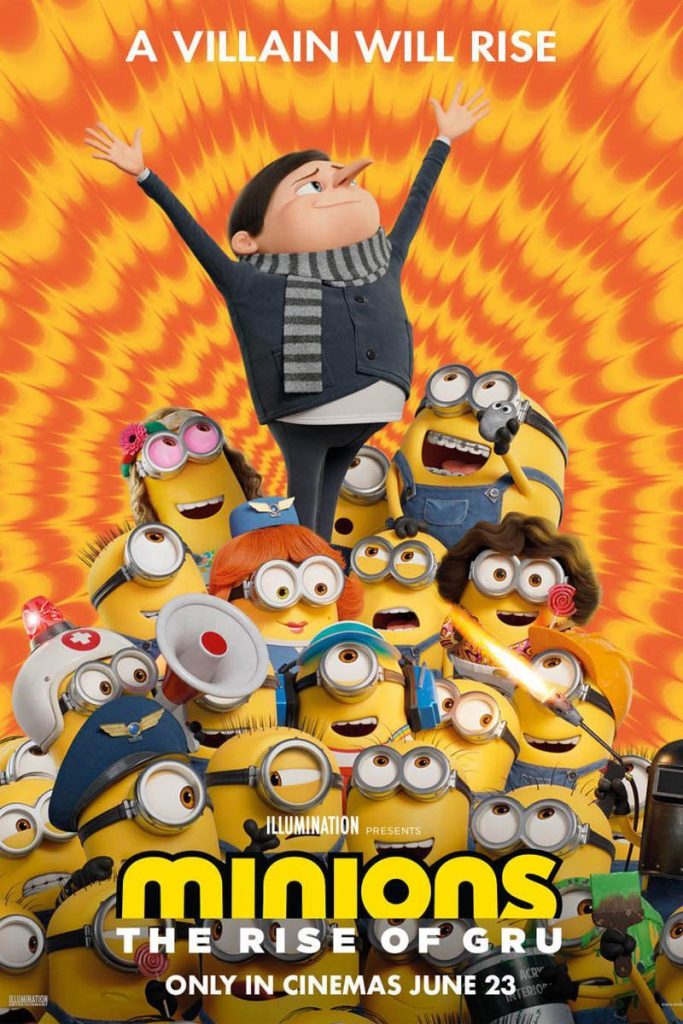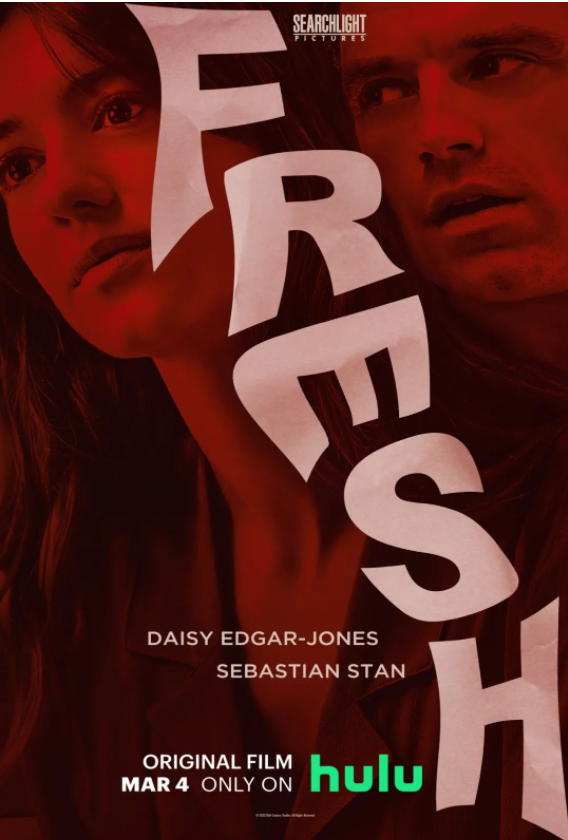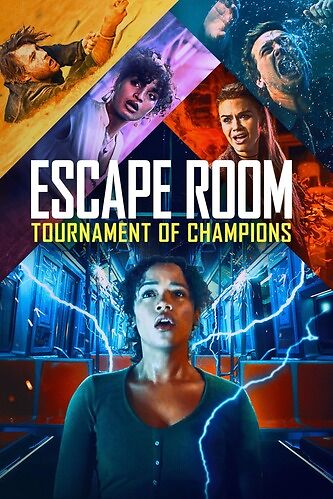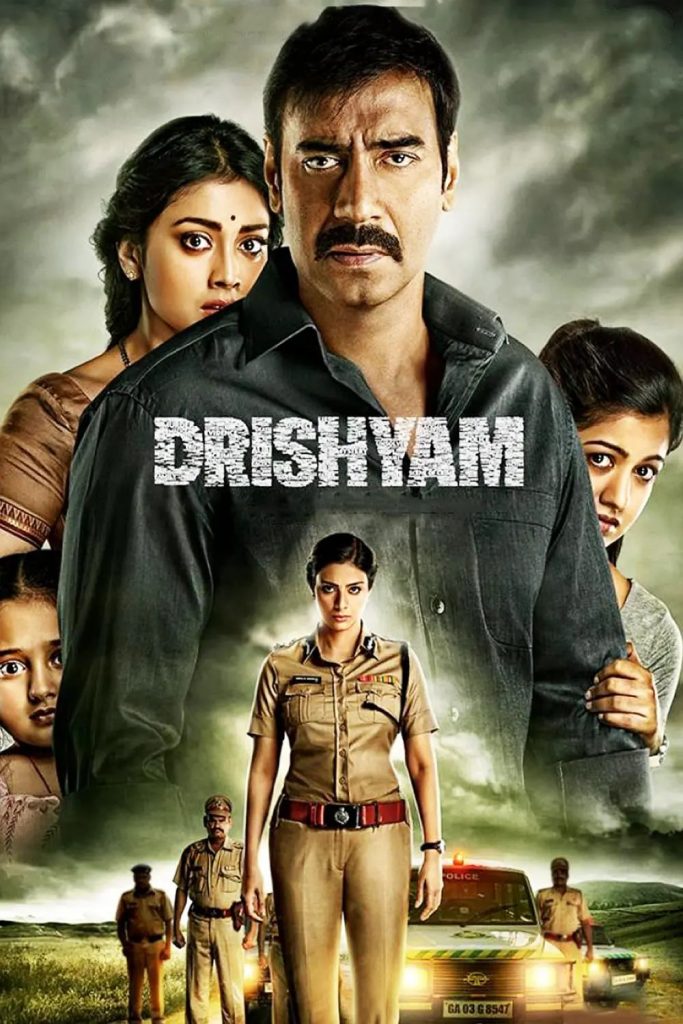Let’s start 2016 by talking about the economic crisis! Hahahaha, I thought this was a really bad and boring start to the year myself, but luckily the film ‘The Big Short’ brings us a completely different feeling. A film like this, derived from the famous American financial journalist: Michael Lewis’ book of the same name, was all but ignored at the beginning of the adaptation when the author heard the news. In a round-table interview for the Hollywood Reporter, he said, “I was writing it thinking that this work, there was no way it was going to make it to the big screen.” .
Despite his words, Michael Lewis has had two previous books adapted into films: 2009’s Underdog, about a legendary football player, and 2011’s Point Break, about a legendary baseball team manager. The man behind the film was the inimitable Brad Pitt, who also starred in it. And he has said exactly: “The story of The Big Short needs to be told, and the situation is not the slightest bit different now than it was during the sub-prime crisis”. Here again, Mr. Pitt’s eye for film selection is in evidence, with The Big Short being co-produced by his production company, PLAN B, in addition to Paramount, of course.
The difference this time is that this one, published in 2011, tells the story of how the US subprime mortgage crisis was pre-empted by a handful of talented Wall Streeters between 2005 and 2008, who withstood the pressure and bet against the economy to avoid the crisis and profit from it, unlike the author’s previous character and sports titles. Self-examined economic films, on the other hand, have had little success since 2008. If 2011’s Storm of Interest is one, we have yet to see more possibilities. On the one hand, it is a painful past to look back on, just as a film about 9/11 will always be considered with caution. On the other hand, the audience for a film like this is so limited that, apart from some of the people involved, most of the audience won’t get the excitement and pressure of it, and it will just turn into the extravagant pomp and circumstance of The Wolf of Wall Street, with its money and speeches.
The director of the film, Adam McKay, who specialises in writing and producing light comedy, saw the worthwhile issues, the significance of the real story and the intriguing parts of the author’s book. In the interview with the creator, when the host said that the film was really funny, the director looked at the author and said, “I’m glad the word ‘fun’ didn’t come out of my mouth. Michael Lewis graciously admitted that he had nothing to do with the adaptation of the film, as the novel and the film are two different things, but he was glad that the director had managed to adapt it to the film, as the story does have a lot of humorous moments that are just right, and the film achieves a concise, laughable and thought-provoking effect.
At around 110 minutes into this 130-minute film, I almost fainted after watching it in the cinema without having eaten lunch. It’s not just the out-of-focus, hand-held shaky camera language used in previous films for parts of the plot. Instead, it’s start-to-finish, panning, stretching and refocusing close-ups of characters. From the opening 70s retrospective, to the return to reality in 2005, and the subsequent unfolding of the story, there is a great deal of application of subjective camera language, that is, the first-person point of view, the process of looking into the eyes of the characters, focusing the view, zooming in for close-ups, and then pulling away for close-ups. And during group scenes, the camera is again hidden in the corner to observe as the characters move naturally through the scene, the camera moving to capture each person’s actions and expressions.
Christian Bale, who performs most of the solo scenes in the film, said in an interview that he felt like he was locked in a cabin by the director, trying to do different performances, with the director hiding behind the camera, giving all sorts of orders, and then doing this or that. In the film, the full range of sequences showing the hedge fund managing director: Michael Bublé, are basically in his small, closed office, interviewing, reviewing information, going through data, brushing his teeth, exercising, calling his boss, debating with executives, and so on and so forth. And, at times, he looks into the camera and locks eyes with the audience, giving them a sense of direct communication, despite being a character who feels very detached from his surroundings and colleagues.
Ryan Gosling, who plays Jared Wynette, said that this was the first time he had tried this kind of acting, for example in the scene in the conference room when he makes a proposal to Mark Baum’s company staff. The camera is placed in the corner of the room, and the actors simply enter the stage, which is the conference room, and perform coherently, narrating without having to bother with the camera or seeing where it is. The exchange of looks, words and gestures between the two sides is silently filmed, with the documentary effect of scenes being recreated, and the dramatic conflict between the two sides being shown objectively, rather than lecturing and arguing to create drama, they are just talking about the market and discussing how to make money, each side arguing its case.
The director uses this camera language to set the tone of the film, not the usual story development process of a traditional drama film, nor a pure documentary, but a real-life interpretation of this economic subject matter, turned into a multi-faceted interpretation, with Ryan Gosling’s off-camera narration from beginning to end, each character’s sudden retrospective confessions, plus the dialogue between the characters, advancing the constant evolution of the crisis in the timeline, which some say is a magical, fourth-wall-breaking way of telling the story, one gets the feeling that the director’s camera takes the next step and never follows the norm, especially in that wonderful two-scene sequence where the two characters yell at each other across the room. And Adam McKay said in the interview that his original intention and goal for the film was very simple: for people to watch the film and open their mouths to talk about it, to say something and realise something about the economic crisis they experienced.
I believe that for most people, it is not too early or too late for such a film to appear, less than ten years after the sub-prime crisis. The director’s documentary style, the break from traditional narrative form, the constant interspersal of celebrity commentary, the figurative portrayal of inner drama, and his uncanny ability to turn obscure economic issues into a fun popularisation of the concept, make the boring exposition be replaced by a novel format. pretentious jargon, one no longer doubts one’s intelligence.
And the use of pop culture iconography is dismantled to show the characters’ inner joy, the bank clerk’s seizure at selling $600 million in CDS, that feeling of smelling money and seeing it falling from the sky and picking it up. Then there’s the grassroots duo: Jamie and Charlie, picking up and reading the Michael Bublé papers in a mood that echoes like beautiful music in your ears. It’s all so graphic, so powerful, so compelling, that even when Margot Robbie in the bubble bath Fuck Offed me several times, I wanted to hear her explain it again.
The story is brilliant because of the author’s discovery of real people’s stories and the way they are told.
And the film is a straightforward way of portraying these three waves of characters.
1. The manager of a hedge fund company: Michael Bury, who was the first to spot the problem, but has always been subdued because if the company is brought down by long-term insurance premiums without waiting for the real estate economy to collapse, he too will be doomed. Isolated from the crowd, with a more sober perspective and a reasoning that goes against the grain, he has reasonable doubts about everyone, working and venting to bursting rock music, going from +38%, -19.7%, all the way to +489%, one man dead against the whole system, a man who believes in the poster saying: be the master of your own destiny, the helmsman of your soul, he is the lonely thinker.
2, Jared Weinert and Mark Baum team, Jared Weinert after hearing that a bank had sold $200 million of CDS, he did his own research and joined the ranks with certainty, but also constantly looking for customers into the risk. After meeting Mark Baum and his team, the team delved into the frontline market, investigating the monthly payments on home loans, the middle ground, and the appraisal agencies, they were physical doers.
The film’s noisy Mark Baum is typically compulsive in saying important things three times: I love my job, this is my taxi, and I’ll tell you when it’s time to take the plunge. By the end of the film he is the quietest of the lot, going from a man who is confrontational and resentful of the banking system to a man who is desperately sad. The transformation is so dramatic that it is moving, as is the closing credits, when his wife says that he has become a gentler person after the collapse of the housing market, that he has won without any sense of joy, that he has made money but cannot smile.
3. Ben Likert and Jamie & Charlie, the grassroots duo, were clever speculators when they picked up, to be precise, that a certain high profile person had questioned the housing bubble, launched their own investigation and eventually found a middleman to help them buy a large sum of CDS, seeking to make a fortune in the economic match. Their cheering, however, was immediately stopped by their predecessor, Ben Likert, never to leap for the victory of betting against the economy, because it would mean disaster for most people.
This trio of characters, who do not know each other but are indirectly related, strings together the bubble economy of US real estate and the deterioration of the subprime crisis from 2005 onwards. They are exactly three types of characters: thinkers, doers and clever speculators. This is why, at the beginning of the film, it is Michael Bublé who enters the picture first, because he is the real source of everything, an observant thinker who has never forgotten the Great Depression of the 1930s and has always questioned the ostensibly low risk of real estate going all the way up.
The film has to be linked to the structural relationship between positions and institutions in the financial environment such as CDO debt-backed bonds and the SEC in the US, the cleverest of which is when Jamie’s sister works for the SEC, yet complains about the poor treatment and turns to the dudes at Goldman Sachs Investment. The film sketches the industry and the related chain of Wall Street, the old banks, investment banks, fund houses, rating agencies, including journalists, in facetious yet representative language that gets to the heart of the matter and the soft underbelly of the issue. It is an unvarnished portrait of the real people that make up the overall financial ecosystem.
Storytellers are always the rarest of geniuses, and the author and director of this story are both rare storytelling geniuses. When the audience buys a movie ticket, leaves all chores behind, does in front of the blackened movie screen, waits for the plot to play out scene by scene, and lets their minds go blank, preferring to believe some of what the characters tell. This is when the smart ones don’t pretend, but rather do everything they can to capture the audience’s attention and focus. Not only does this film, The Big Short, not deliberately portray heroes, but just a few maverick individuals, it also has Jared Weinert outright say at the end that there is no heroic dialogue here. This anti-heroic film emphasises once again that there are no winners in the usual sense of the word in an economic crisis where everyone has been the instigator.
The film gives the impression of being as much a shock as a surprise as the crocodile that suddenly appears in the pool of the deserted mansion. A sense of nonsensical formality, exciting content and an outcome that cannot be guessed. This is the opening quote of the film: “It is not ignorance that gets people into trouble, but the fallacy of seemingly correct arguments”. The financial crisis is much like the earthquake and tsunami, unavoidable and unpredictable, and even if a few people predict it, they don’t believe it, and those who do dare not speak of it, but sit back and wait for it to happen. This is the law of all things. Perhaps deep down, everyone is really looking forward to the end of the world.
The film doesn’t preach, it just shows us two different faces, one arrogant and arrogant, as seen in the banks, CDO managers, credit employees, etc., and one desperate and desperate, as seen at the end of the film in the lecture theatres, offices, and job markets. The director’s aim in making this film is brilliantly achieved, to look good first and inspire second, and with the four great performances, it shows what it means to entertain people with artistry, directed by Adam McKay, a true master of the laugh.
